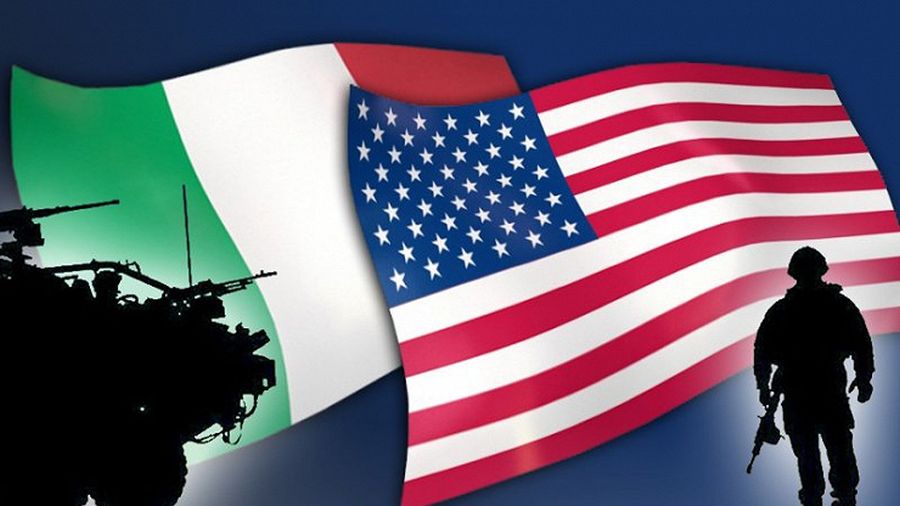Italy Increasingly Armed
Today in La Spezia the Minister of Defense Lorenzo Guerini inaugurates SeaFuture 2021, the military-naval exhibition sponsored by the main war industries. In the lead Fincantieri (“strategic sponsor”), Leonardo (“platinum sponsor”) and Mbda (European joint venture in which Leonardo has 25%) which participates as “gold sponsor”.
The “Future” has already been outlined in the “Directive for the industrial policy of Defense”, issued by Guerini on July 29: Italy must “have a military instrument capable of expressing the advanced military capabilities that the country needs to protect its national interests”, which ensures “its membership in the circle of technologically and economically advanced countries”. The Directive, overturning Article 11 and other constitutional principles with the silent consent of Parliament, establishes that Italy must increasingly arm itself.
At the same time it establishes that Italy must maintain and strengthen “the strategic relationship with the United States, to ensure the involvement in technological innovation that finds in the U.S. one of the main incubators, to facilitate access of Italian companies in the American market and to better position Italy in the European context.
The line traced by the Directive has already been operational for some time. Suffice it to recall: the boarding on the aircraft carrier Cavour, the Navy’s flagship, of the US F-35B short take-off and vertical landing fighter aircraft, for which the ship was certified at Norfolk in Virginia; the decision to arm Italian submarines and frigates with Cruise missiles with a range of at least 1,000 km; the decision to arm the Reaper drones, which Italy has purchased from the US. These and other armaments, with which our armed forces are equipped, are not for defense but for attack.
The Cavour armed with the F-35B becomes an advanced military base that, deployed in distant theaters of war, can attack and invade a country; the submarines and frigates can strike a country from a great distance with cruise missiles that, flying at very low altitude over the sea and along the contour of the land, escape anti-aircraft defences; the Reaper drones, remotely controlled from thousands of kilometres away, can strike human “targets” with Infernal Fire missiles and laser or satellite guided bombs. Italy is thus arming itself to participate in other wars under US/NATO command.
The “strategic relationship with the United States”, established by the Directive, is getting stronger every day. The Fincantieri group, 70% controlled by the Ministry of Economy, has three shipyards in the USA, where it is building ten multi-role frigates for the US Navy and four similar warships for Saudi Arabia. Leonardo – the largest Italian military industry, which derives over 70% of its turnover from armaments – supplies products and services to the US armed forces and intelligence agencies, and in Italy manages the Cameri plant for Lockheed Martin’s F-35 fighters. The 30% of the shareholding of the Leonardo group belongs to the Ministry of Economic Development.
For this reason, at the military exhibition in La Spezia, alongside Minister Guerini of the PD, Minister Giorgetti of the League participates. Described as an “expert in accounts”, he is in charge of managing the 30 billion euros already allocated by the Ministry of Economic Development for military purposes and the other 25 required by the Recovery Fund. The 26 billion euros spent annually by the Ministry of Defence are no longer enough. It is necessary to pass to at least 36 billion per year, as requested by NATO and reiterated by the US.
Just to make a few figures, the aircraft carrier Cavour cost 1.3 billion euros, the 15 F-35Bs for the Navy cost 1.7 billion, and to these are added another 15 F-35Bs and 60 F-35As with nuclear capability for the Air Force. Then there are the operational expenses: one day of navigation of the Cavour costs over 200 thousand euros and one hour of flight of an F-35 over 40 thousand euros. Always with public money subtracted from the social species, invested in weapons and wars to “protect our national interests and belong to the circle of economically advanced countries.
This article was originally published in Italian on Il Manifesto.







